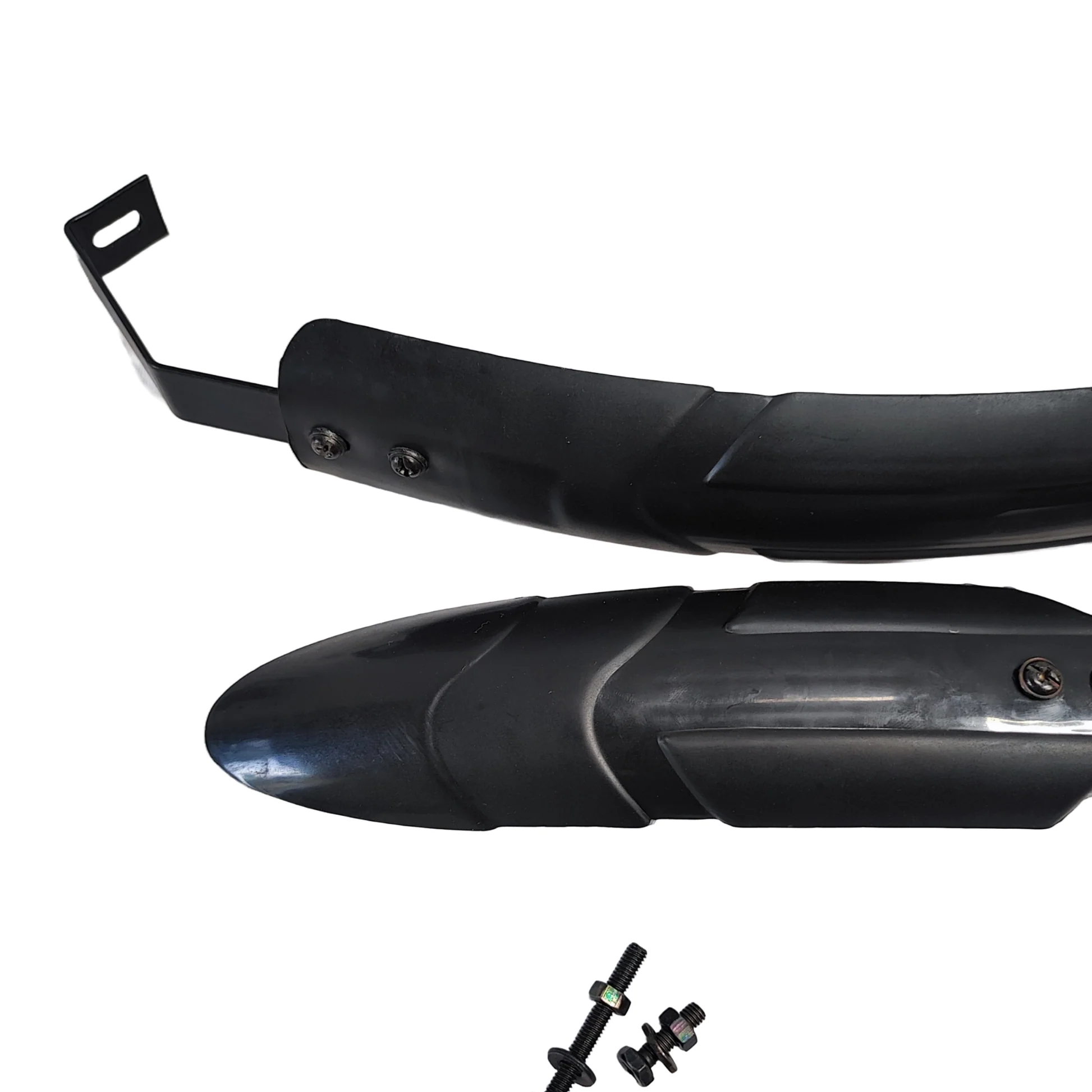Understanding the Role of MTB Mudguards in South African Trail Riding

South Africa’s varied terrain, from the muddy singletracks of KwaZulu-Natal to the rugged trails of the Western Cape, makes mountain biking both thrilling and demanding. In these diverse conditions, using an mtb mudguard becomes essential. Whether navigating through wet forest trails or dusty backroads, a mudguard helps maintain visibility, bike performance, and rider comfort.
A mountain bike mudguard, often lightweight and easy to install, serves as a shield between the tyres and the rider. Its primary function is to block mud, water, and debris from splashing upward, which can impair visibility and control. In wetter provinces or during rainy seasons, the presence of a mudguard can significantly reduce the amount of dirt thrown onto the rider’s face and clothing, making the ride safer and more enjoyable.
South African mountain bikers often face unpredictable weather, and trails can switch from dry to slippery within a few hours. This makes mudguards particularly useful for year-round biking. Front mudguards typically attach to the fork and protect the rider’s face and headset, while rear ones clip to the seat post or frame to shield the back. Depending on the terrain and conditions, riders might opt for front, rear, or a combination of both for maximum protection.
When considering the need for a mudguard, the type of riding and trail conditions matter greatly. Downhill and enduro riders may experience more mud due to higher speeds and aggressive terrain. A longer, sturdier guard is often preferred in these scenarios. On the other hand, cross-country cyclists who ride longer distances might favor lightweight, minimalist designs to reduce added weight without compromising protection.
Maintenance is another critical aspect of using mudguards effectively. While they help keep grime off key components, they also collect dirt themselves and should be cleaned regularly to ensure they function properly. In regions like Gauteng, where red clay soils are common, mud can harden quickly and affect how well the guard deflects debris. Riders should also check for secure fittings to prevent rattling or detachment during rides.
The design of modern mudguards has evolved to accommodate a variety of frame geometries and suspension setups, which is especially relevant in South Africa’s competitive cycling scene. As trail designs become more technical and diverse, the demand for compatible and effective equipment like mudguards continues to grow. Some guards are now engineered with aerodynamic considerations, ensuring minimal drag while offering full coverage.
In conclusion, choosing the right mtb mud guard is a practical decision shaped by trail conditions, riding style, and regional climate across South Africa. While they may seem like a small addition, mudguards contribute significantly to performance, rider safety, and bike longevity. Whether riding through the mountainous passes of Mpumalanga or the coastal routes near the Garden Route, a reliable mud guard is an indispensable tool for any serious mountain biker.
- Vibnix Blog
- Politics
- News
- Liberia News
- Entertainment
- Technology
- Education
- Art
- Causes
- Crafts
- Dance
- Drinks
- Film
- Fitness
- Food
- Games
- Gardening
- Health
- Home
- Literature
- Music
- Networking
- Other
- Party
- Religion
- Shopping
- Sports
- Theater
- Wellness


